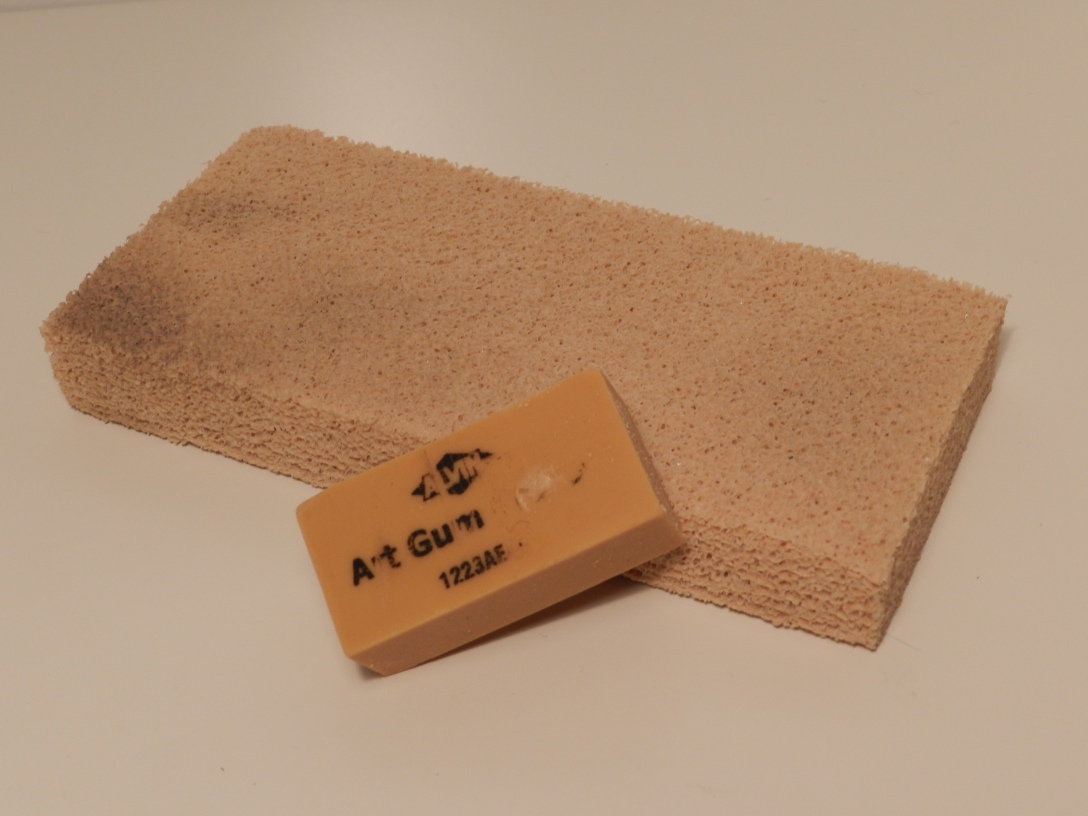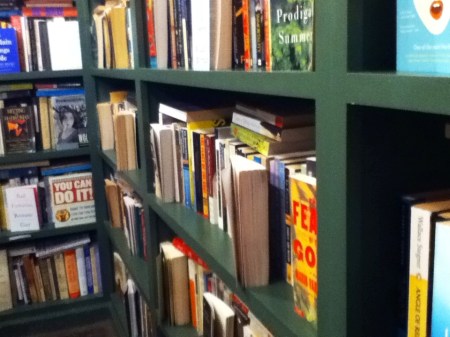While not everyone may be comfortable attempting to restore their vintage books on their own, it’s a crucial motivating factor for me. I think it’s important to be able to restore my own collection, mostly because that also means I am able to maintain them thereafter.
Hake brushes – Chinese hake brushes are my first step in cleaning all of my restoration projects. They remove dust and prep surfaces, and are also helpful tools for the maintenance and proper storage of your books.
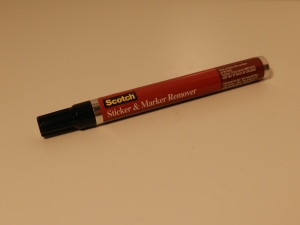
Sticker and marker remover pen – This pen from Scotch is so simple to use and so effective. It removes marker and pen markings, as well as adhesive residue, from any books that may have been in a library or school collection at some point in their storied lives, and have stickers or other markings on their pages.
Acid-free binding glue – These supplies aren’t cheap, that’s for sure; since I buy all of my supplies at Brodart, I just settle for the company’s brand to save a couple dimes. This bind-art adhesive is safe for vintage books and other archival purposes, and remains flexible even after it’s dry.
Absorene putty – I’ll say it, this stuff is weird. But it also the most effective tool in this arsenal. You take a bit of putty, work into a soft and usable texture, and press it onto pages and covers to remove markings and residue. It works just like copying newsprint or pencil lead with silly putty, only now, you can throw it away before it becomes a gray blob and your mom throws it away for you.

Erasers – I recommend stocking a rubber eraser (or adhesive pick up eraser) as well as an art gum eraser. The art gum is great for removing any pencil markings, and the larger, rubber eraser removes other kinds of grime and residue. It helps brighten up board and fabric covers, as well.
Brodex multipurpose cleaner – This multipurpose cleaner is essential for keeping book storage spaces safe from dust, mold or any other grime that tries to sneak its way onto your books. It’s safe for carpet, wood, vinyl, fabric, steel and plastic, and it’s acid-free so no left over chemicals can harm books.
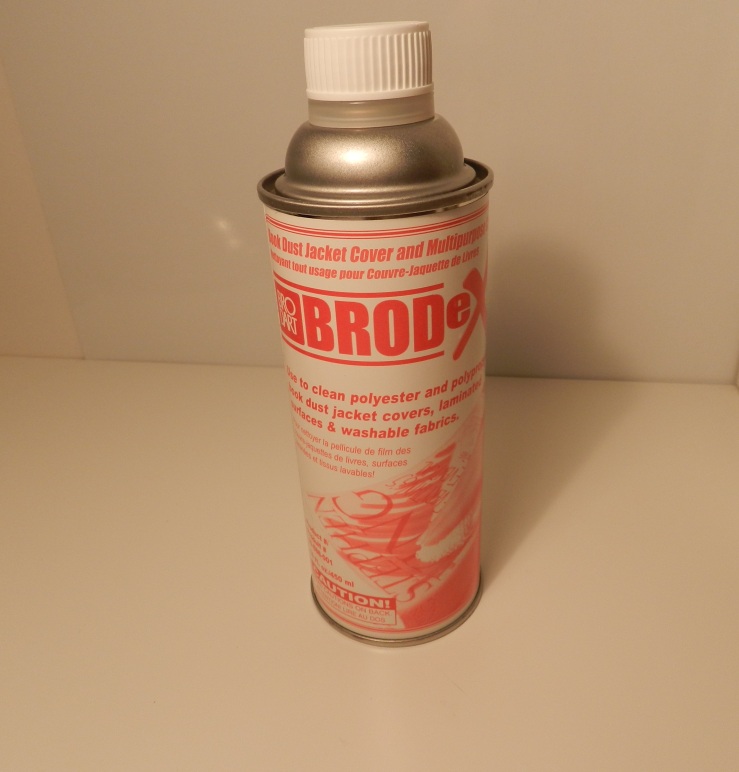
It can be used on book covers, though I advise caution, because the vigorous scrubbing necessary for Brodex to be effective on fabric surfaces is probably too much for most old books.
Another note, for the longevity of your own body, be sure to use this aerosol spray cleaner in a well-ventilated area.
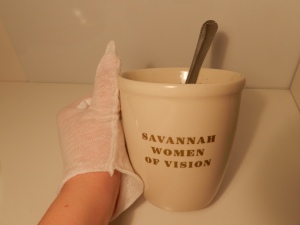
White cotton gloves – These are not only essential for any well-styled librarian look, but also prevent oils and dirt from your hands from transferring to your books and thus undoing all of your hard, restorative work.
Filmoplast heat-set adhesive – Filmoplast is a non-aging, non-yellowing, pH neutral tape. It requires a bit of dry heat to set (a blow dryer will do just fine, if you’re working from home) and is practically invisible. Of course, that does mean it’s a bit difficult to peel from the paper baking and apply to your book in just the right spot, but you’ll develop your own system with a bit of practice.
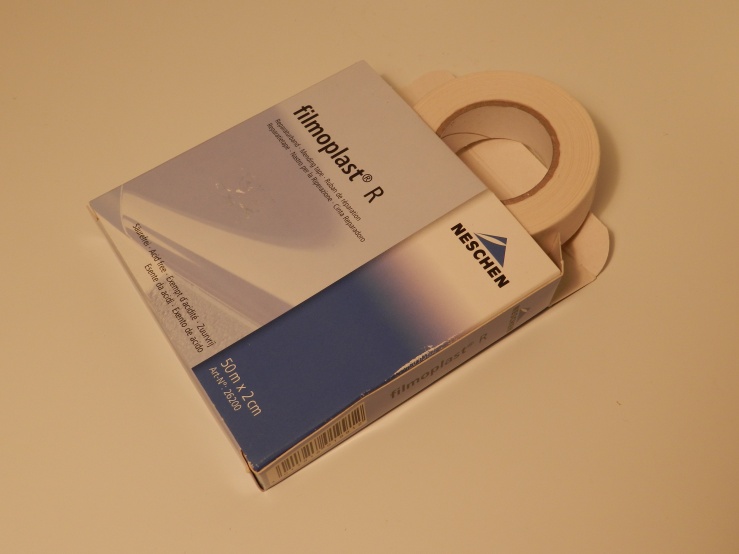
The key to beginning book restoration is the same as beginning anything: practice! Next time you’re antiquing, grab a book or two that are in bad shape, and see what your can do with the supplies. Like with my Milton, there may be books that are beyond amateur repair, or repair at all. Be careful to make that determination from the start, so you don’t back into any corners or make any mistakes from which there is no recovery.
